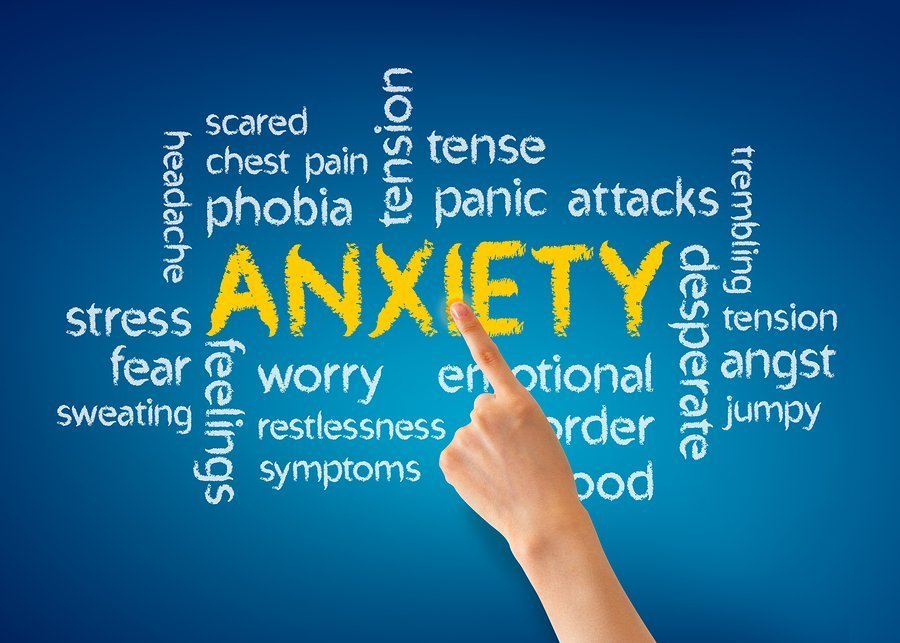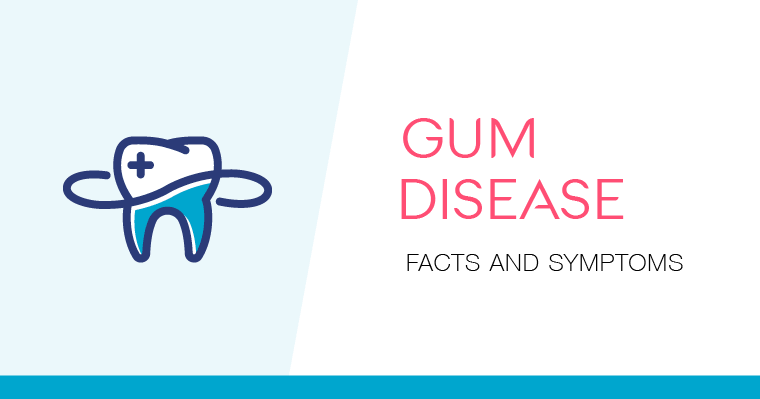Table of Contents
ToggleMillions of Americans are affected by anxiety disorders, which are more common than you may realize. Anxiety, a prevalent symptom in various mental health conditions like depression, addiction, and PTSD, can be debilitating. The constant worry about the future or past events can cause physical symptoms like racing heartbeats or shaking hands without explanation. Nonetheless, there are numerous resources to assist in the recovery from anxiety disorders, making them treatable if necessary.
What is Anxiety Disorder?
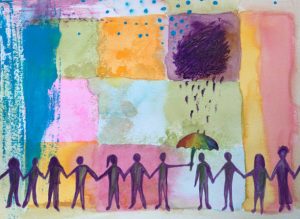
Anxiety disorder is a condition characterized by excessive and persistent feelings of fear, worry, and apprehension. It can significantly impact daily life, causing difficulties in social interactions, work, and relationships. Symptoms of anxiety disorder may include restlessness, irritability, difficulty concentrating, and physical manifestations such as rapid heart rate and shortness of breath.
The National Institute of Mental Health (NIMH) reports that around 43.7 million people, approximately 18.1% of U.S. adults, experienced an anxiety disorder in the past year. Generalized anxiety disorder affected 6.8% of adults, while social anxiety disorder and panic disorder affected 3.9% and 3.5% respectively. These statistics are based on data from the National Survey on Drug Use and Health (NSDUH), a representative survey using DSM-5 criteria for diagnosis.
Here is a breakdown of the prevalence of anxiety disorders among adults in the U.S., according to the NIMH:
- Generalized anxiety disorder: 6.8%
- Social anxiety disorder: 3.9%
- Panic disorder: 3.5%
- Specific phobia: 7.9%
- Agoraphobia: 1.3%
- Separation anxiety disorder: 0.7%
Anxiety Disorders: Affecting 45 Million Americans in the US
Anxiety disorders are mental health conditions that induce intense fear, worry, or agitation, often accompanied by physical symptoms such as a racing heart rate and muscle tension. The National Institute of Mental Health (NIMH) reports that approximately 45 million people in the US have an anxiety disorder.
According to NIMH, about 19 million people, which accounts for 40% of adults aged 18-54, will experience an anxiety attack at some point in their lives. This figure rises to 60% for individuals between 15-24 years old and 70% for those aged 25-34. Regrettably, this means that 1 in 4 Americans has been affected by common anxiety disorders, including panic attacks or generalized anxiety disorder (GAD).
Understanding Generalized Anxiety Disorder
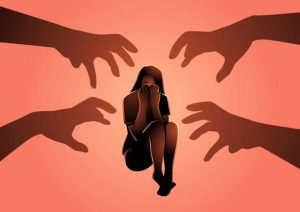
Individuals with generalized anxiety disorder experience excessive and unrealistic worry about everyday things. This chronic condition finds treatment through medication and therapy. However, it doesn’t stem from a chemical imbalance or other physical problems like heart disease, cancer, or diabetes. It simply arises from the anxious nature of your brain.
This type of anxiety disorder doesn’t mean you’re always anxious; it means you have times when the feeling of dread comes over you suddenly and lasts for weeks at a time (or even months). You might be constantly worrying about work-related deadlines or family problems at home; maybe even something as simple as a test in school will cause your stomach to feel queasy beforehand!
Symptoms of Social Anxiety Disorder

Symptoms of Social Anxiety Disorder include fear of embarrassment, humiliation, or rejection.
If you have social anxiety disorder, you may be afraid of being judged by others or embarrassed in front of others. You might also fear that you will act in a way that makes people think badly about you. Social anxiety disorder can cause people to avoid going out with friends, eating in public and even meeting new people.
The Intensity of Panic Disorder’s Physical Symptoms

Panic Disorder can lead to intense panic attacks that are characterized by intense physical symptoms including heart palpitations, dizziness, and difficulty breathing.
Panic attacks are different from anxiety. Anxiety is a feeling of uneasiness and apprehension, while panic involves feelings of intense fear or terror. If you’re experiencing these symptoms:
- You feel your heart beating faster than normal
- You feel dizzy or lightheaded
- You have difficulty breathing
Symptoms of Separation Anxiety Disorder

Separation Anxiety Disorder is a condition that causes extreme distress when separated from your attachment figures (your parents). Symptoms include fear of being away from home or loved ones, feelings of panic, and trouble sleeping.
It’s important to note that this type of anxiety disorder isn’t caused by a specific event—it’s more like an ongoing problem with anxiety disorders in general. This means you may experience symptoms on occasion but not necessarily every time you’re separated from your parents or other caregivers.
Separation Anxiety Disorder can be treated with medications and psychotherapy; however, if left untreated it can become permanent over time.
The Challenges of Specific Phobias

Specific phobias are the most common anxiety disorder, affecting 11 million adults in the United States and Canada. What makes this condition so difficult to treat is that it often presents as a single object or situation—for example, a fear of spiders with no other triggers. When you have a specific phobia like this, even thinking about phobic objects or situations can cause extreme anxiety.
If you suffer from one of these specific fears (or if your loved ones do), there are ways you can help yourself manage your symptoms and improve your quality of life:
- Practice mindfulness meditation techniques such as breathing exercises and focusing on thoughts that aren’t linked to your panic attacks or negative feelings. These strategies will help reduce anxiety levels. They also improve self-confidence levels by teaching us how our brains work in situations where we’re at risk of experiencing fear responses.
Recognizing Anxiety Disorder Symptoms
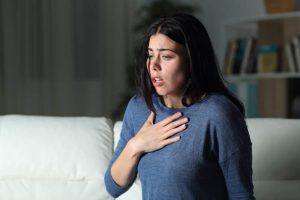
Recognizing anxiety disorder symptoms is crucial for early intervention and effective treatment. Individuals experiencing this condition often exhibit a range of physical and psychological signs. Physically, they may encounter persistent restlessness, muscle tension, and difficulty sleeping. Additionally, they may face recurring episodes of rapid heart rate, shortness of breath, and sweating. Psychologically, anxiety disorder manifests through excessive worry, feelings of apprehension, and an inability to concentrate. Often, individuals may exhibit irritability, experience frequent panic attacks, or avoid situations that trigger their anxiety.
Recognizing these symptoms empowers individuals to seek professional help and support. Prompt identification of anxiety disorder enables healthcare providers to devise appropriate treatment plans, including therapy, medication, or a combination of both. By recognizing and addressing anxiety disorder symptoms early on, individuals can regain control of their lives and improve their overall well-being.




